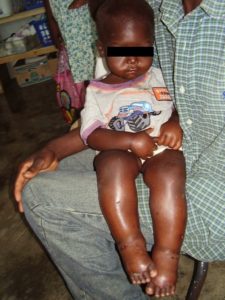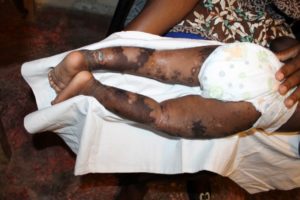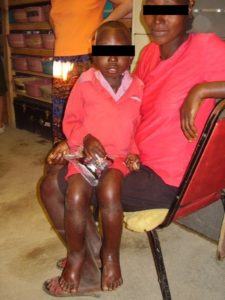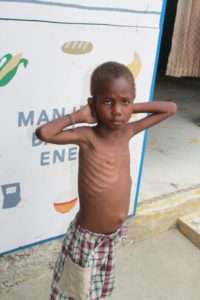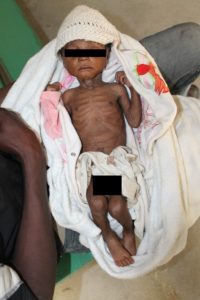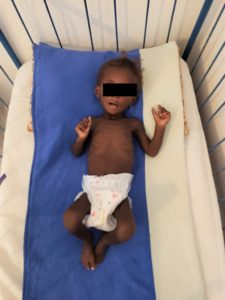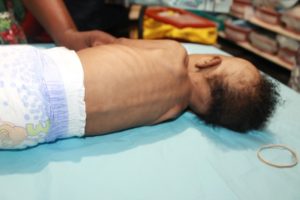Kwashiorkor and Marasmus: What’s the Difference?
Overview
Your body needs calories, protein, and overall general nutrients to function. Without adequate nutrition, your muscles waste away, your bones become brittle, and your thinking become foggy.
Calories are units of energy your body needs to function. Your body also needs a large amount of protein. Without enough protein, you may not be able to easily heal injuries or wounds.
When you don’t consume enough nutrients, your body becomes malnourished. One type of malnourishment is protein-energy undernutrition.
Protein-energy undernutrition is sometimes called protein-energy malnutrition. You have this if your body has a severe calorie or protein deficiency. This can occur if you don’t consume the amount of calories and protein your body needs to function.
Protein-energy undernutrition doesn’t occur due to short-term illnesses. It’s more likely due to malnutrition over a long period.
Two main types of this undernutrition are marasmus and kwashiorkor. Keep reading to learn more about these conditions.
Symptoms
Undernutrition can occur for multiple reasons. Food resources may be unavailable, or you may have a condition that makes it difficult to eat, absorb nutrition, or prepare food. Drinking too much alcohol can also lead to undernutrition.
The symptoms of undernutrition include:
- fatigue
- difficulty staying warm
- a lower body temperature
- diarrhea
- reduced appetite
- a lack of emotion
- irritability
- weakness
- slower breathing
- numbness or tingling of the hands and feet
- dry skin
- hair loss
- bruises
Marasmus
Marasmus occurs more often in young children and babies. It leads to dehydration and weight loss. Starvation is a form of this disorder. The symptoms of marasmus include:
- weight loss
- dehydration
- chronic diarrhea
- stomach shrinkage
You’re at an increased risk for marasmus if you live in a rural area where it’s difficult to get food or an area that has a food shortage. Babies, including babies who aren’t breast-fed, young children, or older adults also have an increased risk for marasmus.
Kwashiorkor
Kwashiorkor occurs in people who have a severe protein deficiency. Children who develop kwashiorkor are often older than children who develop marasmus. Having a diet that’s mainly carbohydrates can lead to this condition.
The symptoms of kwashiorkor include:
- edema, or puffy or swollen appearance due to fluid retention
- bulging of the abdomen
- an inability to grow or gain weight
You’re at an increased risk for kwashiorkor if you live in a rural area where there’s limited access to protein-rich foods. Children who have been weaned off of breast milk are also at an increased risk if they don’t have access to protein-rich foods.
| Marasmus symptoms | Kwashiorkor symptoms |
| weight loss | an inability to grow or gain weight |
| dehydration | edema, or swelling of the hands and feet |
| stomach shrinkage | stomach bulging |
| diarrhea |
Examples of children with Kwashiorkor
Examples of children with Marasmus
Ten basic facts about Malnutrition
World Hunger: Key facts and Statistics 2020


